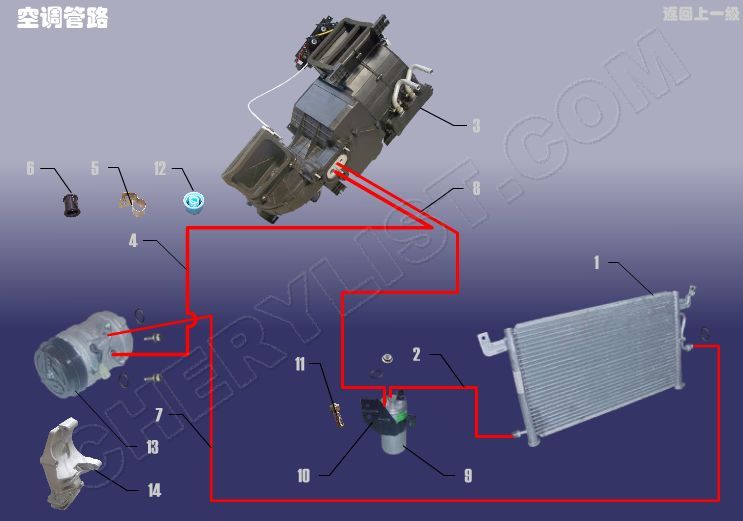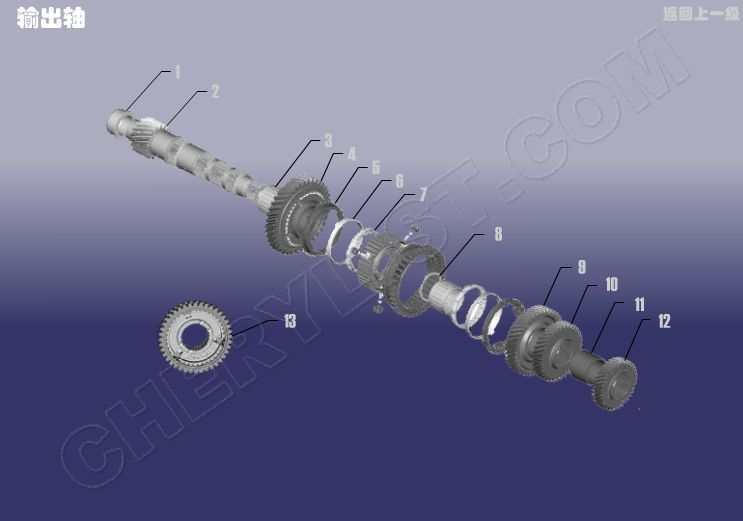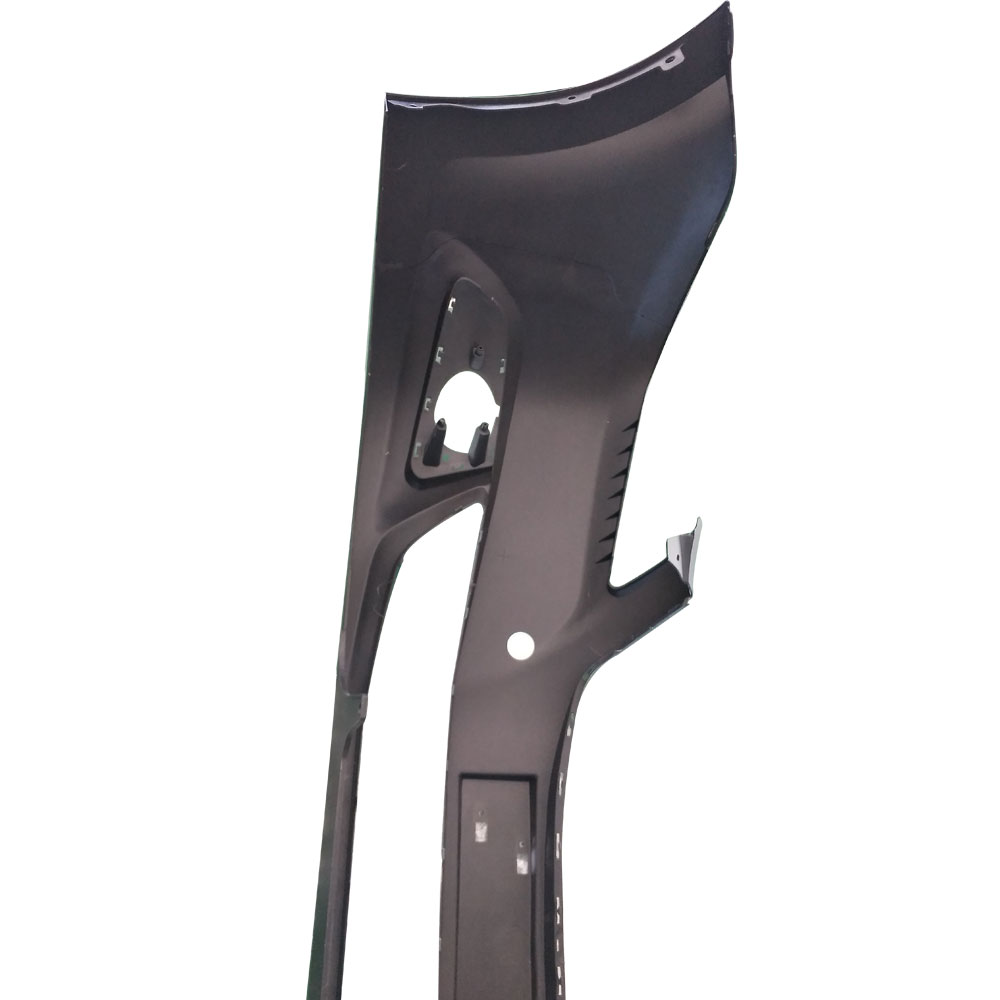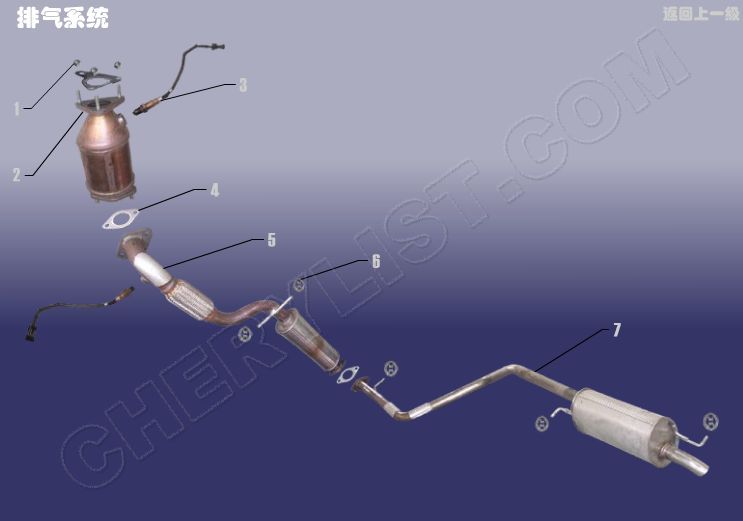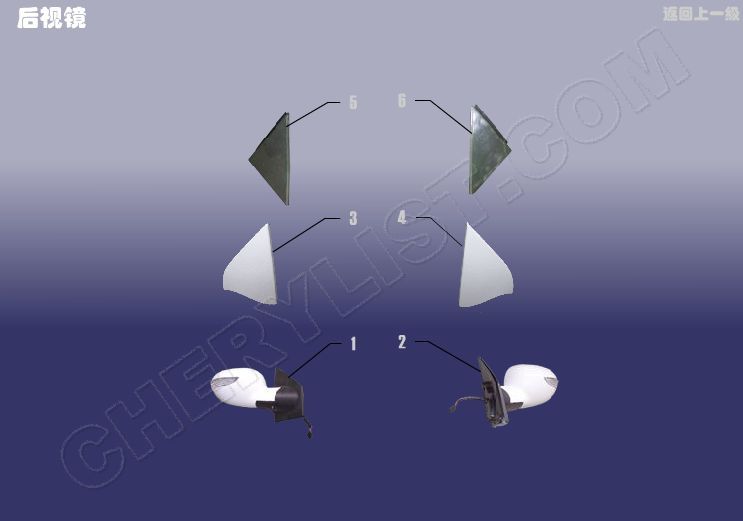Manufacturer for Chery Qq Bearing - TRANSMISSION AUTO TRANSMISSION ACCESSORY(1) for CHERY EASTAR B11 – Qingzhi
Manufacturer for Chery Qq Bearing - TRANSMISSION AUTO TRANSMISSION ACCESSORY(1) for CHERY EASTAR B11 – Qingzhi Detail:
B11-1503013 WASHER
B11-1503011 BOLT – HOLLOW
B11-1503040 RETURN OIL HOSE ASSY
B11-1503020 PIPE ASSY – INLET
B11-1503015 CLAMP
B11-1503060 HOSE – VENTILATION
B11-1503063 PIPE CLIP
Q1840612 BOLT
B11-1503061 CLAMP
B11-1504310 WIRE – FLEXIBLE SHAFT
Q1460625 BOLT – HEXAGON HEAD
15-1 F4A4BK2-N1Z AUTOMATIC TRANSMISSION ASSY
15-2 F4A4BK1-N1Z TRANSMISSION ASSY
16 B11-1504311 SLEEVE – INNER CONNECTOR
EASTAR B11 adopts Mitsubishi 4g63s4m engine, and this series of engines have also been used in China. In general, the performance of 4g63s4m engine is only mediocre. The maximum power of 95kw / 5500rpm and the maximum torque of 198nm / 3000rpm possessed by 2.4L displacement engine are a little insufficient to drive the nearly 2-ton body, but they can also meet daily needs. The 2.4L model adopts Mitsubishi’s invecsii manual transmission, which is an “old partner” with the engine and has good matching. In automatic mode, the shift of the transmission is quite smooth and the kickdown response is gentle; In manual mode, even if the engine speed exceeds the red line of 6000 rpm, the transmission will not forcibly downshift, but will only protect the engine by cutting off oil. In manual mode, the impact force before and after shifting is uncertain. Because it is difficult for drivers to determine the shift timing of each gear, even if they get the right habit, they may not strictly drive according to the rules. Therefore, what you experience before and after intense gear shifting is often not a slight vibration, but a sudden jump in acceleration. Sometimes the time spent shifting is surprisingly fast without hesitation. At this time, the transmission may be a source of excitement for the driver, but it has caused great damage to the comfort of passengers in other seats. In addition, the learning function of this transmission can remember the driver’s shift habits in manual mode, which can be said to be a very considerate function.
(1) The vehicle can be started only in gear P and N. when the gear lever is removed from gear P, the brake must be pressed. The use of n-gear start is that when you drive forward directly after starting the vehicle, you can first connect the power supply (without starting the engine), step on the brake, pull the gear to N, then ignite, and then shift into gear d to move forward directly, so as to avoid going through gear R after starting in gear P and making the transmission go through a reverse impact! This is a little better. Another function is to quickly push the gear to n gear and start the engine when the engine suddenly stalls during driving under the condition of ensuring safety.
(2) Generally, the shift button does not need to be pressed when the gear is switched between N, D and 3. The shift button must be pressed when shifting from 3 to the restricted gear, and the shift button does not need to be pressed when shifting from low gear to high gear. (the buttons on the gear lever are also staggered, and there are no shift buttons, such as Buick Kaiyue, etc.)
(3) Do not slide in gear n during driving, because the automatic transmission needs lubrication. When the gear is placed on gear n during driving, the oil pump cannot supply oil normally for lubrication, which will increase the temperature of components in the transmission and cause complete damage! In addition, high-speed taxiing in neutral is also very dangerous, and it doesn’t save fuel! I won’t elaborate on this. Sliding to stop at low speed can shift into gear n in advance, which has no impact.
(4) The automatic transmission vehicle cannot be pushed into P gear during driving, unless you don’t want the vehicle. When the driving direction changes (from forward to backward or from backward to forward), that is, from reverse to forward or forward to reverse, you must wait until the vehicle stops.
(5) When parking at the end of driving, the automatic vehicle must turn off the engine and shift into P gear before pulling out the key. Many people are used to stopping, pushing directly to p gear, then turning off the engine and pulling the handbrake. Careful people will find that this operation. After flameout, the general vehicle will move back and forth slightly due to the uneven road surface. At this time, a bite device of the P-gear transmission is engaged with the speed change gear. At this time, the movement will cause a little impact on the speed change gear! The correct approach should be: after the car enters the parking position, step on the brake, pull the gear lever to gear n, pull the hand brake, release the foot brake, then turn off the engine, and finally push the gear lever into gear P! Of course, this also belongs to the protection of improving the gearbox.
(6) In addition, there has been some debate about whether the automatic gear should use n gear or D gear when stopping temporarily (such as waiting for a red light). In fact, it doesn’t matter. Neither n nor D is wrong. It’s just according to your own habits. Temporarily stop and step on the brake and hang it on D, which will not damage the car, because the torque converter in the gearbox is equipped with a group of reaction wheels with one-way clutch, which is used to amplify the torque from the engine crankshaft. It won’t rotate when the engine is idling, and it will work only when the engine speed rises.
Product detail pictures:
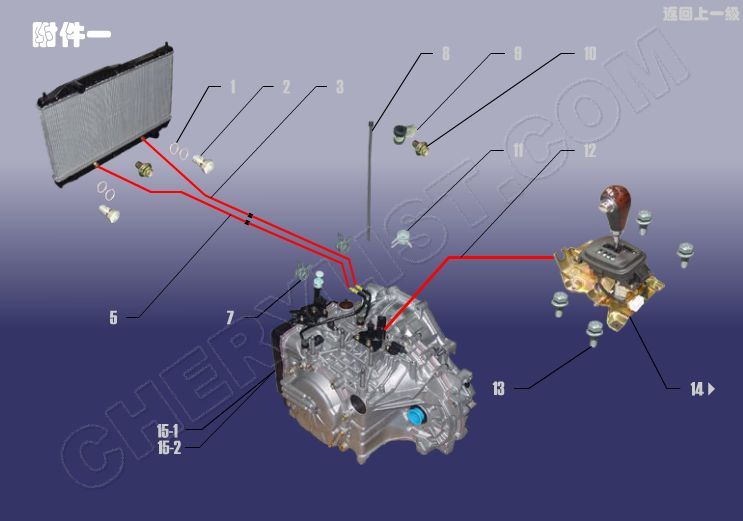
Related Product Guide:
The shopper satisfaction is our primary focus on. We uphold a consistent level of professionalism, quality, credibility and repair for Manufacturer for Chery Qq Bearing - TRANSMISSION AUTO TRANSMISSION ACCESSORY(1) for CHERY EASTAR B11 – Qingzhi , The product will supply to all over the world, such as: Sudan , Turin , Vietnam , Our team knows well the market demands in different countries, and is capable of supplying suitable quality products and solutions at the best prices to different markets. Our company has already set up a experienced, creative and responsible team to develop clients with the multi-win principle.
We have worked with many companies, but this time is the best,detailed explanation, timely delivery and quality qualified, nice!



